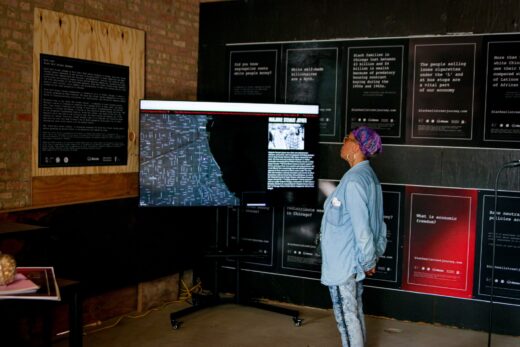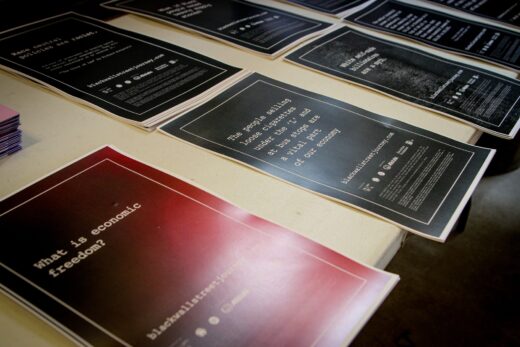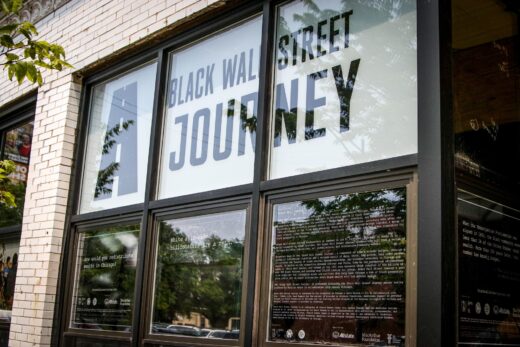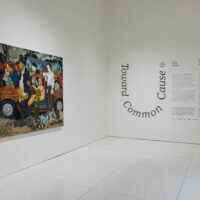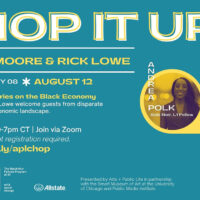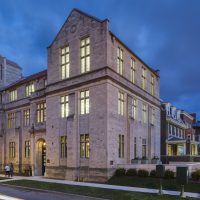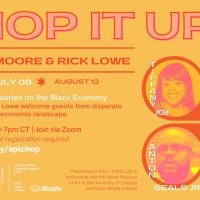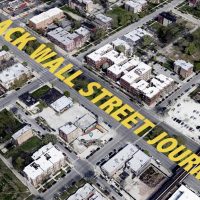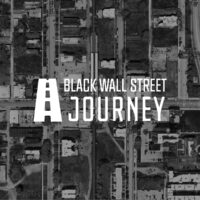Rick Lowe
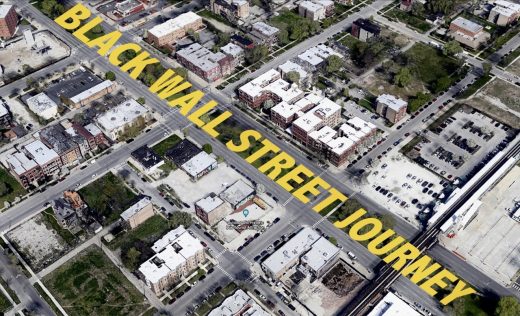
Rick Lowe works to create solutions to real-world problems in ways that draw attention to the problems he is trying to solve. His works function like band aids—simultaneously helping to heal wounds while drawing attention to them, working practically and symbolically. His best-known work is Project Row Houses, which began in 1993 in Houston’s Third Ward neighborhood, starting with 22 derelict “shotgun” houses and now encompassing five city blocks. Its mission was not only to preserve these houses, whose architectural style is strongly associated with impoverished Black neighborhoods in the South, but to create new social structures to lift up the creative potential of local people. The renovated row houses offer housing to young single mothers, opportunities for architectural reinvention, space for artists to work, and a range of other activities.
Lowe frequently cites the influence not only of the unnamed high school student who challenged him to create solutions, but also of German artist Joseph Beuys, who invented the term and the practice of “social sculpture.” Social sculpture for Lowe means approaching society itself as a work of art, endeavoring to mold society as a sculptor might mold clay. A corollary to this practice is the idea that every person must be an artist, empowered to participate in shaping a better world. For this reason, Lowe foregrounds the participation of others in all his projects, designing them as platforms to amplify the creativity of people who have been systematically undermined in their communities.
For Toward Common Cause, Lowe has worked with a large team of researchers drawn from the University of Chicago and beyond. Although Lowe is often described as a “place maker,” taking a particular place as a point of departure, he believes place is less important than the people involved in a project. Lowe has worked with the Chicago team to expand a project that began in Tulsa, Oklahoma, to mark the 100th anniversary of the destruction of “Black Wall Street,” a remarkably prosperous Black neighborhood that was burned to the ground in 1921 by a white mob, killing 300 people, according to official estimates. Black Wall Street Journey aims to better understand the economic and social health of a South Side neighborhood from the perspective of residents and to project that information in sculptural form by placing a stock ticker in a prominent location in the neighborhood.
